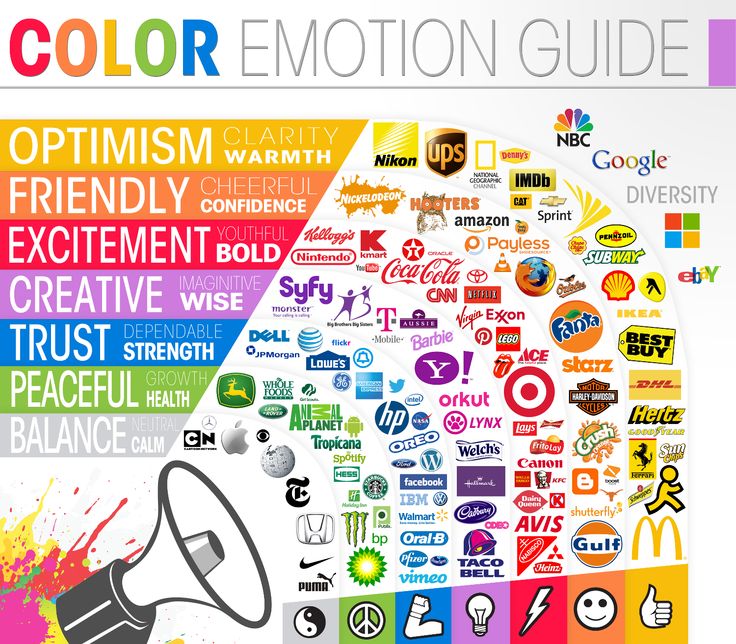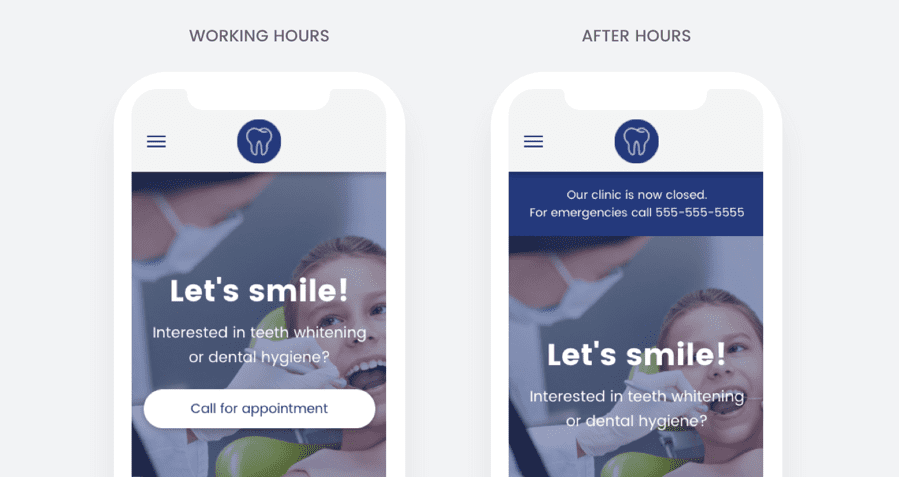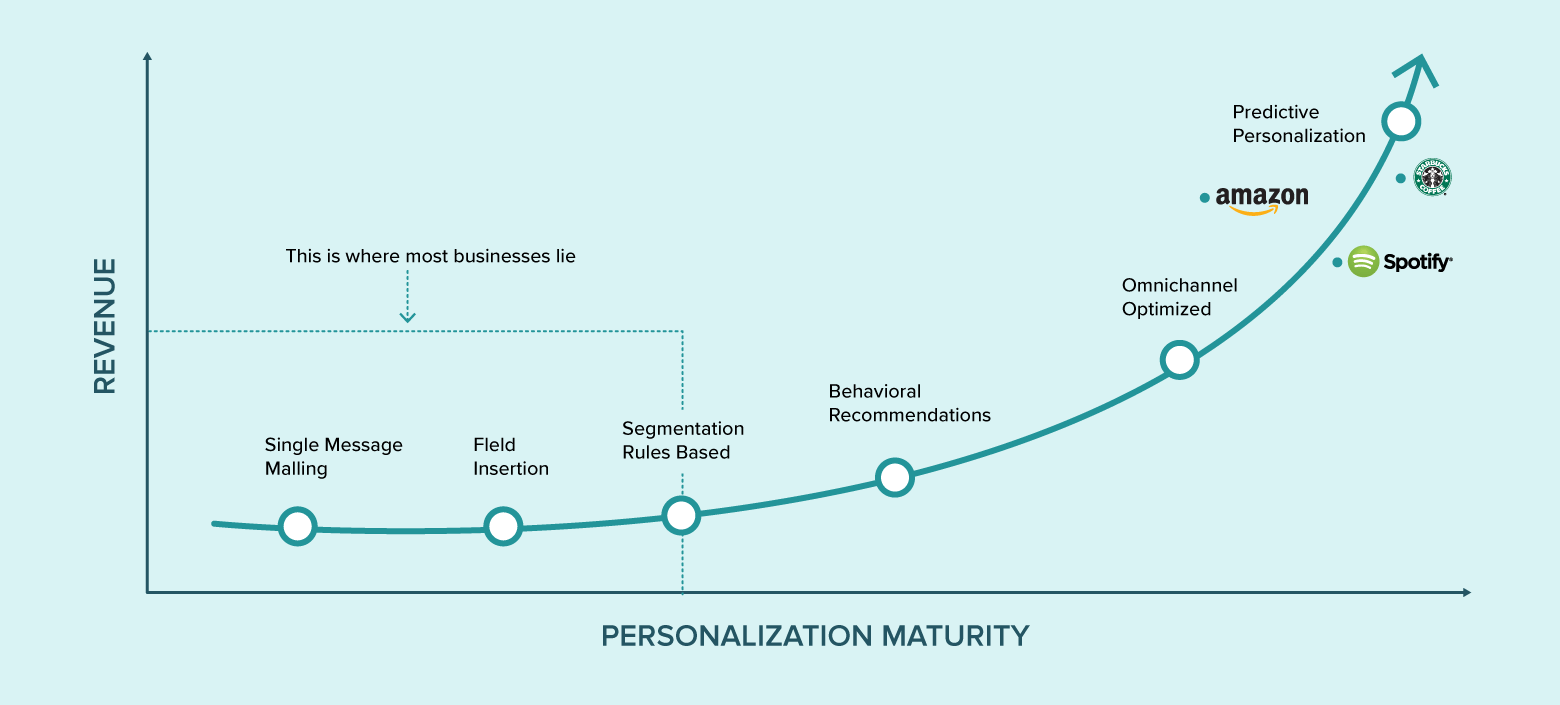In this Article
What is Brand UX?
Most people can’t differentiate how they feel about a brand from how they feel about the experiences they have with that brand, so in many situations, UX becomes the brand differentiator. It can be part of — or all of — the reason a customer chooses to engage with a company or its products.
– Credit: Nielsen Norman Group
Have you ever heard of Edward Teach? Otherwise known as Blackbeard. He was one of the most infamous pirates in history, he understood the importance of creating an impression, so much so that he would dress himself in a dark heavy coat and a captain’s hat in aid of creating a domineering stature.
With pistols strapped to his chest and tucked, lit, smoking fuses under his hat and in his beard, he created a personal brand of intimidation and malice. As his pillaging continued, he wanted to extend the image of his menacing nature from afar, and thus he devised an early version of the skull-and-crossbones flag that we associate with pirates today.
Blackbeard created his logo out of his personal brand mark, conveying his reputation to anyone who can see, a brand promise that any defence or fight would be futile. This is Brand UX in the 1600s.
“But this is the way it’s always been done.”
We are creatures of habit, but just because things have always been done a certain way doesn’t mean it’s the best way. This applies to so many things, including brand UX. With technology constantly evolving and changing, the rise of instant gratification, heightened consumer awareness and ad fatigue – the aspect of content and personalization needed to adapt.
Take advertising for an example, the main way of advertising years ago was in the form of television ads, billboards and on radio stations for the masses. Now? It’s Google, Facebook, Instagram: sponsored ads that are tailored to fit each individual. Perhaps you’ve come across a situation where you were researching and dreaming of a holiday in Hawaii, and lo and behold, suddenly ads about hotels and experiences in Hawaii start appearing!
Content personalization is more important than ever, especially if your business wants to stand out strongly from your competitors. Here are the Top 3 Ways to Enhance Brand UX by Personalizing Your Content:
1. Rethink Information Delivery
Let’s look at music promotion, when record labels have a product that they want to sell, they go into a massive promotional effort in advertising and publicity for the album: tours, artwork, promotional videos, in-store displays, merchandise, and advertising on radio stations.
In 2013, Beyonce disrupted information delivery by covertly releasing her visual album around midnight on a random Thursday in December, all she did was post a 15-second video on Instagram. The result? The album sold over 80,000 copies in 3 hours between 9pm and 12am.
Beyonce’s entrepreneurial thinking of releasing her album via social networking and being completely in time with the way information was gathered and spread in 2013 went against all forms of traditional promotion. Her followers spread the word like wildfire, the word of mouth spread onto Twitter and Facebook, their followers re-posting, and their followers following suit, creating a cascading effect.
That’s what businesses need to do, rethink information delivery that is suitable to this day and age, making use of evolving technology where users will share content they enjoy to their followers, their friends and family or even go as far as creating content.
Not everyone has the reach that Beyonce does, so let’s take a look at Adidas. Instead of spending millions on expensive ad placements, they let their followers and audience do the talking. As part of a campaign for their Neo brand, Adidas asked their followers to create Adidas-inspired posts with the hashtag #MyNeoShoot.
The best content creators were invited to a professional photoshoot which was rolled on the Adidas’ Instagram channel. The result of their brand UX? Adidas generated 71,000 mentions of the #MyNeoShoot hashtag, and gained 41,000 new followers.
2. Create Emotions
Content without emotion is forgettable, personalizing content is all well and good but it doesn’t leave your consumers with a lasting impression if they didn’t feel anything.
It’s important to explore a range of emotions when it comes to brand UX and personalizing your content, think about what kind of emotions you want your brand to evoke in your consumers. Colour psychology can aid in invoking a certain emotion when consumers see a certain colour.

Credit: https://thelogocompany.net/blog/infographics/psychology-color-logo-design/
When you see a red background with (yellow) golden arches, you know immediately that it’s McDonald’s, the combination of these two colours of red and yellow is perfect for their target market. Red triggers stimulation, appetite and hunger, it’s loud, exciting and attention-seeking, whilst yellow is optimistic, it triggers a feeling of happiness and friendliness.
Use colour psychology to your advantage, create and personalize your content depending on what emotions and feelings you want to invoke in your consumers to aid building your brand UX.
3. Know Your Consumers’ Expectations
In order to personalize your content, you need to know your consumers. Lots of business attempt to do this by trying to get close and personal, providing personalized offers, doing geo-targeting, time-based content but it’s not enough. Salesforce conducted a survey with over 6,700 consumers worldwide, and found that 80% of consumers say that the experience a company provides is as important as its products and services.
However, most consumers are not comfortable with companies using their information to personalize their experience. The best way of finding out what your consumers want is to conduct user experience research (UXR).
User experience research is a great way to find out what your consumers are really thinking, and what their expectations are.
Here’s an example that showcases personalization in a call to action (CTA), this site makes use of mobile traffic to offer a quick CTA to call for an appointment during their opening hours. But when the business is closed, they understand that there’s no point in having that CTA for people to call when no one is going to pick up. So instead, the site personalizes the content and switches its CTA dynamically. This shows consumers that the business is thoughtful towards their consumers, creating a sense of care in their brand UX.

Credit: https://www.smartinsights.com/mobile-marketing/mobile-marketing-strategy/from-desktop-mobile-why-matters/
This dental clinic would not have found out this kind of valuable information in personalizing content from their assumptions. Data analytics tells you what is going on, and user experience research tells you why.
Summary
The way your consumers perceive your brand (brand UX) is intrinsically linked to the experiences they have, and personalizing content to your users creates a better experience.
Top brands like Amazon, Spotify and Starbucks are in a stage of predictive personalization, making use of AI and machine learning to analyze many factors in powering their personalized recommendations to their consumers.

Credit: https://webengage.com/blog/hyper-personalization-marketing-future/
With ever-changing technology and platforms, consumers’ expectations are higher than ever. A brand is no longer just a logo, or its products and services, it’s also about the experiences your consumers have with your business.

